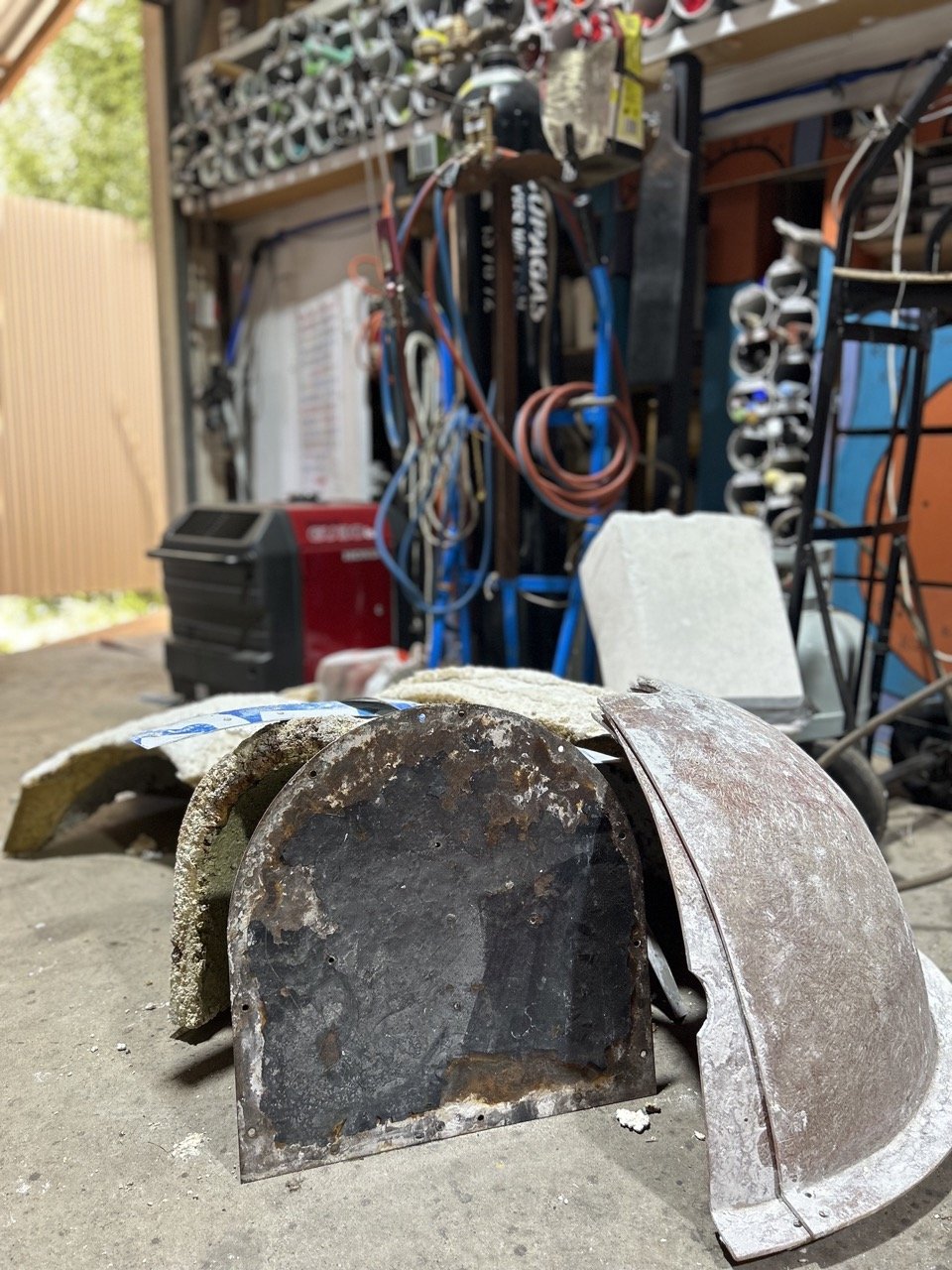How do you blow glass?
We’re often asked similar questions about the intricacies of this ancient craft. Here is Eileen’s take on some of the straight-forward and complicated nuances!
Where does glassblowing inspiration come from?
Nature is our inspiration. Every flower, seed, shell, leaf, rock, sunset and sunrise all have inspiring colours, shapes and patterns. It's all around us.
Do you know what you're making before you start?
Yes, we always do. We need to be prepared. Get colours ready by pre heating. Having the right tools, and assistants need to know what they have to do.
Do you ever inhale hot glass?
No! Even if somebody accidentally sucks rather than blows, the pipe is long enough for the glass to cool and block so that there is no chance of inhalation.
When glassblowing, do you have to blow hard?
It depends on the temperature of the glass. When it’s at its hottest, you only have to blow gently, but as the glass cools you have to blow harder. You have to use controlled breathing, especially when the glass is thinner. If you blow too hard, you can blow straight through the bottom.
Do the glassblowing pipes get hot?
The pipes are made of steel, which is a poor conductor so the heat does not travel far. It’s cool on your lips and as long as you keep hands to about half-way down, you won’t get burnt. When glass is low in the furnace we run water over the pipe to cool it.
Is the Annealing Kiln like a fridge?
No – the Annealing Kiln sits at 515ºC all day while we work and fill it. When the last piece is in we start a slow down cycle over 15-16 hours until it is under 100ºC. Annealing means slowly cooling the glass evenly. If it cools the glass too fast, it will cool the outside at a faster rate than the inside, causing it to stress and crack.
How many pieces can you blow in a day?
How many we blow depends entirely on what we are making. We rarely blow the same thing all day. We are often fulfilling orders. Small things are much faster to make than large things. Kiln space is another factor. If we make a few large things, the space in the kiln may run out quickly. A large complicated piece may take up to 3 hours to make. It also depends on how much glass we have left in the furnace.
What are the raw materials for glassblowing?
The main ingredient for glass is sand (about 65%) It is a very pure fine sand that is mined, sieved and gone over a magnet to get rid of any metals. Flux, like potash, soda ash, calcium carbonate and other ingredients are added to lower the melting temp, de - colour and eliminate bubbles. The raw materials are all sourced and mixed in Australia to a specific recipe especially made for hand blown glass. It is very different to bottles, jars and window glass.
We cannot mix our glass with other types of glass as they have a different COE (coefficiency of expansion) which is the rate the glass cools at. The raw material is loaded into the furnace 3 to 4 times over the evening until full. Then heated up to 1280c for a few hours before coming back to 1125c which is our working temp. The furnace runs 24/7 as it takes 5 days to heat up or cool down.
Do you ever burn yourselves?
All the time! It’s like being a chef! But burns usually come from tools or the kiln; rarely from the glass itself.
How do you add colour when glassblowing?
All our colours come from Germany. It comes as solid glass bars which need pre-heating or crushed up chips or ground powder. We add the colour to our clear glass usually very early in the blowing process. There are very many ways to add colour depending on what effect or patterns you want. The hot glass always looks orange due to the heat. The true colour of a piece is not seen until the following morning when cool.
Are there different pipes for different techniques?
Yes. We use hollow and solid pipes; small, medium and large. The hollow pipes are for blowing and the solid pipes (or punties) are used to add colour or finish an effect. We knock the glass off a punty before placing it in the kiln.
How do you blow bubbles into the glass?
If you want a ‘perfect’ bubble, we’d poke a hole in the molten glass using a metal spike. For a more organic feel, or millions of bubbles we use bicarbonate of soda mixed with water, or sprinkle bicarbonate of soda and dip the hot glass, leaving trapped air bubbles for that effect.
Why rebuild the furnace?
When in commission, our furnace runs every hour of every day, staying between 1125ºC and 1280ºC. It is built out of high temp ceramic castable cement and takes around six days to reach optimal temperature.
The raw materials of glass (called batch) is sand mixed with soda ash and calcium carbonate, amongst other ingredients. The night before blowing the batch is loaded 3 – 4 times into the furnace and melted down. The temp then goes up to 1280ºC to melt and refine the glass, then dropped back to 1120ºC working temp.
When the raw material melts in the furnace, it takes on an acidic quality. The acidity eats away at the furnace, so every few years, we have to rebuild it. Read more and view a timelapse here.


